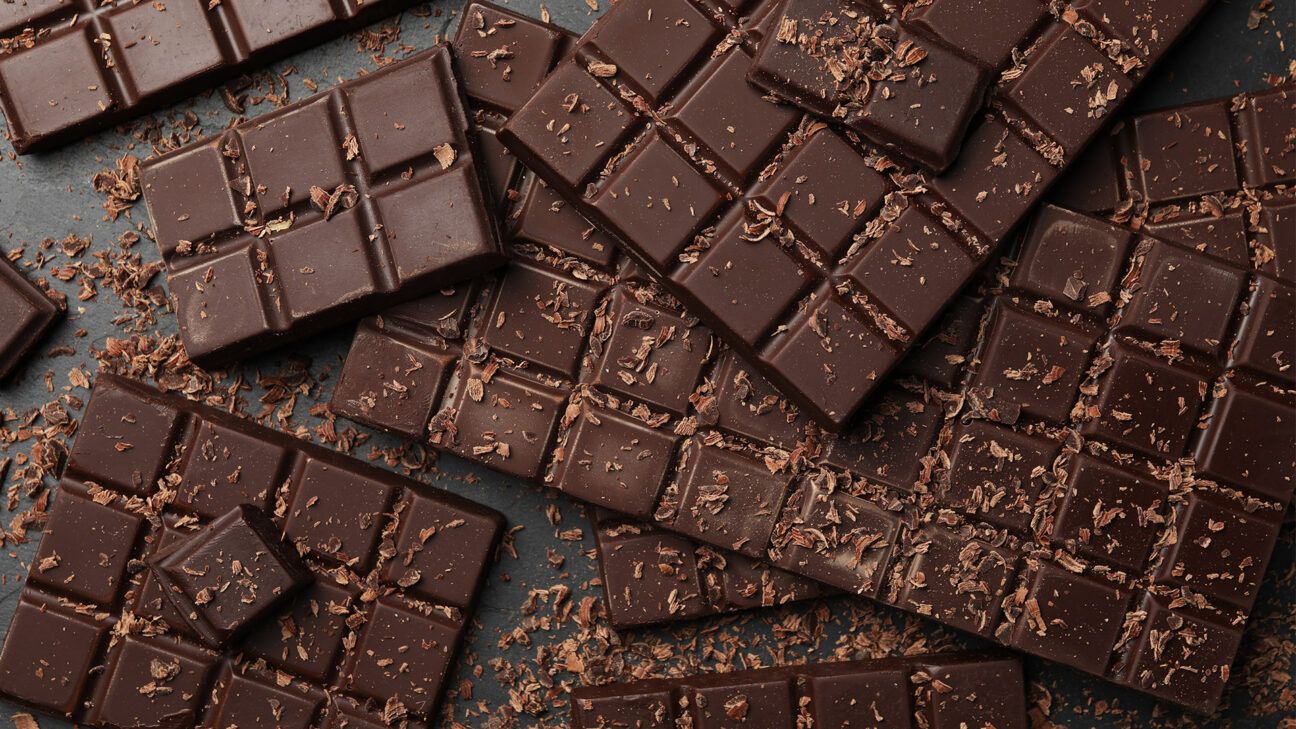Dark Chocolate Consumption Linked to 21% Lower Type 2 Diabetes Risk, Study Shows
Dark chocolate consumption is linked to a 21% lower risk of developing type 2 diabetes, according to a new study published in The BMJ. However, milk chocolate shows no protective effects and may contribute to long-term weight gain.

Dark chocolate bars and shavings
The Harvard-led research, analyzing data from 192,000 adults over 30 years, found that consuming five or more weekly servings of dark chocolate resulted in significant diabetes risk reduction. For each weekly serving of dark chocolate, researchers observed a 3% decreased risk of type 2 diabetes.
Dark chocolate's health benefits stem from its high concentration of antioxidants and polyphenols, particularly flavan-3-ols, which can:
- Improve insulin sensitivity
- Reduce inflammation
- Lower oxidative stress
- Regulate glucose metabolism
The key differences between dark and milk chocolate:
- Dark chocolate contains at least 50% cocoa (70% recommended for maximum benefits)
- Dark chocolate has a lower glycemic index
- Milk chocolate contains more added sugar and fewer beneficial compounds
- Dark chocolate's polyphenols may counteract negative effects of saturated fat and sugar
Recommended consumption guidelines:
- Limit intake to 1-2 ounces of 70% dark chocolate daily
- Choose organic, fair trade varieties when possible
- Monitor calorie intake
- Select options with minimal added sugar
Additional strategies to reduce diabetes risk:
- Follow a Mediterranean or low-carbohydrate diet
- Engage in regular physical activity
- Maintain adequate sleep (7-8 hours)
- Limit alcohol consumption
- Quit smoking
- Consume other antioxidant-rich foods (berries, apples, green tea)
While dark chocolate shows promise in diabetes prevention, it should be part of a broader healthy lifestyle approach. The study's authors note that these findings may not apply to high chocolate consumers, and further research is needed to establish causality.
Related Articles

The Science of 100g Daily Protein: A Game-Changer for Your Health and Fitness

